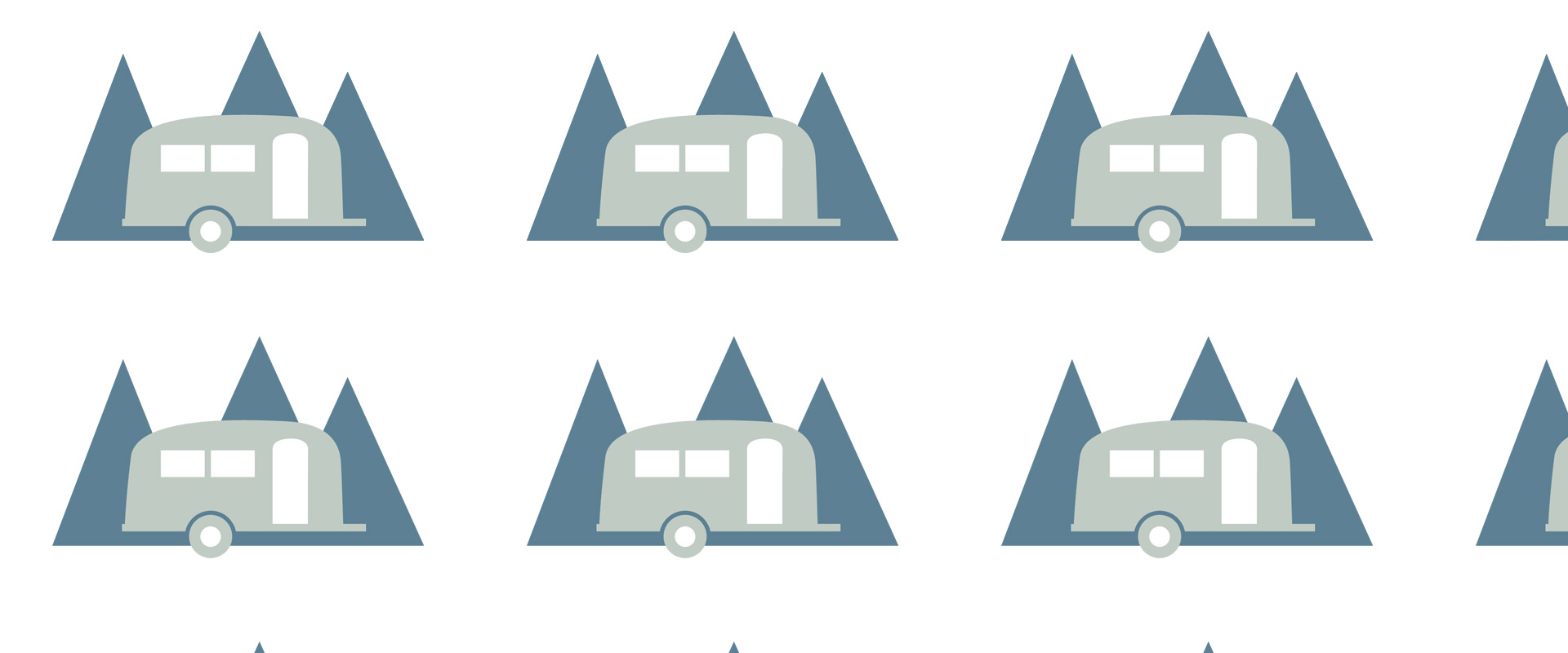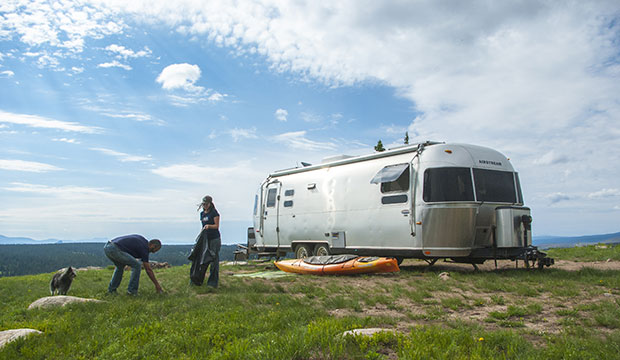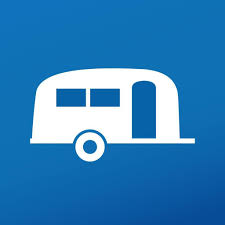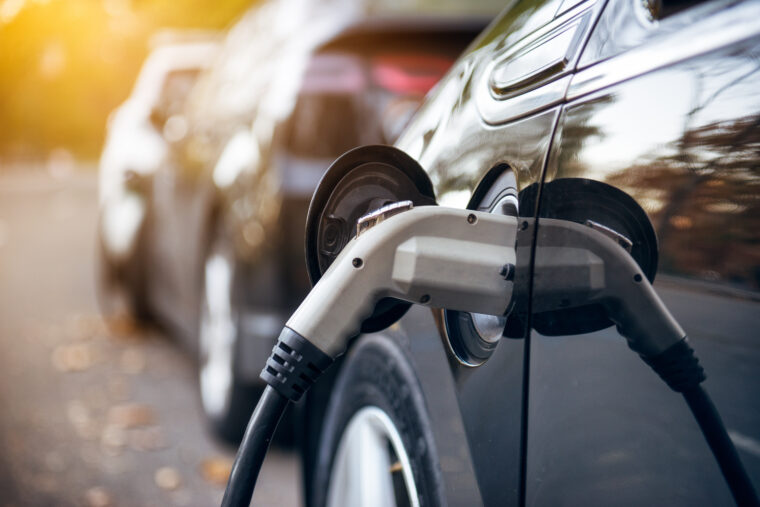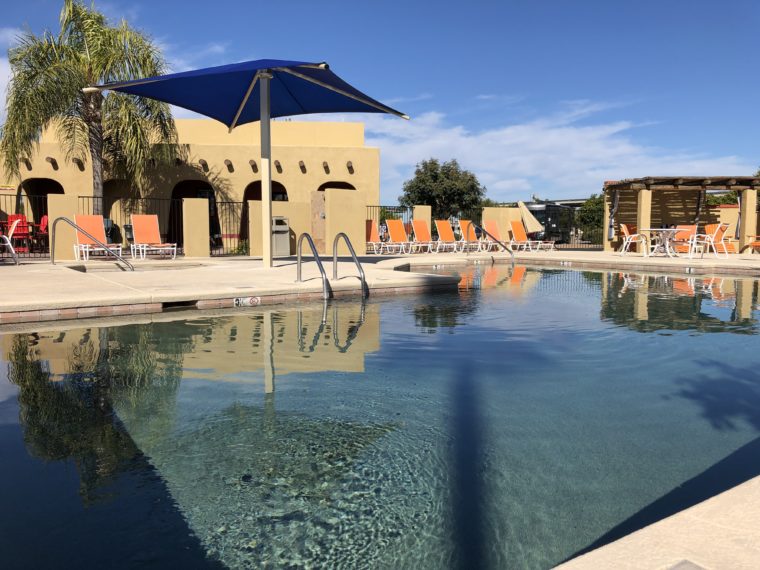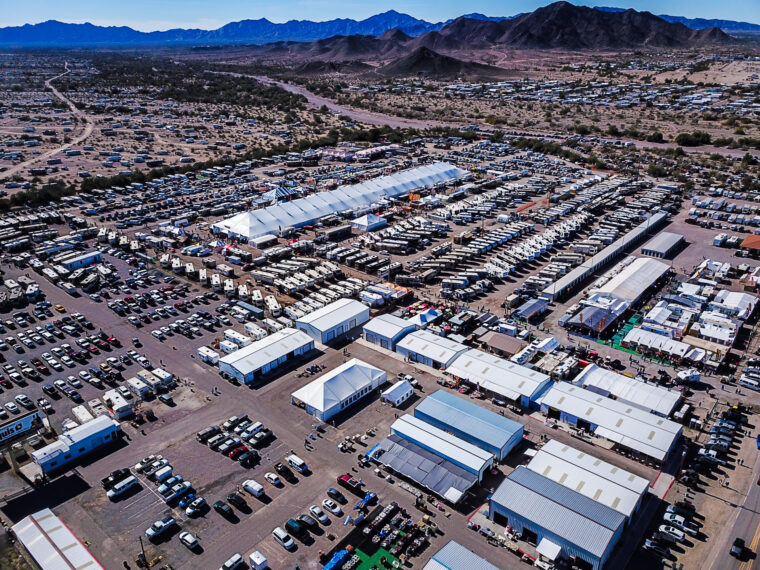With the invent of internet sharing spaces, finding an amazing campsite is easier than ever. From social media sharing platforms to review websites such as Campendium, nomads and adventure seekers are finding – and sharing – the awesome places they have parked for a night or 10 with their friends, family – and the world.
For many campground and RV park owners, this can mean a welcome boom in business. And with an inflow of cash comes and ability to improve upon their parks, increase staffing, and prepare for the onslaught of patrons to their camping areas.
What about our public spaces though? Specifically our free, unmaintained or lightly maintained areas? Our Bureau of Land Management areas. Our National and State Forests. Our Fish & Game Areas.
Free spots incentivize themselves – most folks love a good bargain. And once you’ve experienced the ‘wow’ of one awesome spot – that bonanza created by any combo of no cost, amazing view, perfect access, solitude – you could become addicted to seeking out more of these prizes.
At Campendium, we hope that you’ll share these great spots (and also report on ‘not so great spots’ too!) with the community of Campendium travelers.
We also realize that sharing amazing camping areas can create an influx of campsite seekers. With increased use, the risk of negative impacts rises.
While she may be your mother, Earth is not your maid. And just like many children must do with aging parents – it is up to you to take care of her.
You rely on Campendium to keep you informed about available recreational vehicle camping areas. Campendium relies on you to keep those places safe, clean, and cared for.
Leave No Trace

- Plan ahead & prepare.
- Know the regulations and special concerns for the area you’ll visit. Prepare for extreme weather, hazards, and emergencies. Schedule your trip to avoid times of high use. Visit in small groups when possible. Consider splitting larger groups into smaller groups.
- Travel & camp on durable surfaces.
- Good campsites are found, not made. Altering a site is not necessary. Durable surfaces include established campsites, rock, gravel, dry grasses or snow. Protect riparian areas by camping at least 200 feet from lakes and streams. Keep campsites small. Focus activity in areas where vegetation is absent. Avoid places where impacts are just beginning.
- Dispose of Waste Properly.
- Pack it in, pack it out. Inspect your campsite and rest areas for trash or spilled foods. Pack out all trash, leftover food and litter – yours or not. If you’re not self-contained, deposit solid human waste in catholes dug 6 to 8 inches deep, at least 200 feet from water, camp and trails. Cover and disguise the cathole when finished. Pack out toilet paper and hygiene products. For those that are not self-contained, in order to wash yourself or your dishes, you should carry water 200 feet away from streams or lakes and use small amounts of biodegradable soap. Do not bathe with soaps in streams or lakes. Scatter strained dishwater at least 200 feet away from streams or lakes. Never dump your sewage or gray tanks on public lands – find and use a dump station.
- Leave what you find.
- Preserve the past: examine, but do not touch cultural or historic structures and artifacts. Leave rocks, plants and other natural objects as you find them. Avoid introducing or transporting non-native species. Do not build structures, furniture, or dig trenches. Do not leave anything behind.
- Minimize campfire impacts.
- Campfires can cause lasting impacts to the environment. Where fires are permitted, use established fire rings, fire pans, or mound fires. Keep fires small. Only use sticks from the ground that can be broken by hand. Burn all wood and coals to ash, put out campfires completely, then scatter cool ashes.
- Respect wildlife.
- Observe wildlife from a distance. Do not follow or approach them. Never feed animals – feeding wildlife damages their health, alters natural behaviors, and exposes them to predators and other dangers. Protect wildlife and your food by storing rations and trash securely. Control pets at all times, or leave them at home. Avoid wildlife during sensitive times: mating, nesting, raising young, or winter. Remember that you are a visitor to their home.
- Be considerate of other visitors.
- Respect other visitors and protect the quality of their experience. Be courteous. Share spaces. Camp away from trails. Camp away from other visitors when possible. Share a space if needed so that other visitors are not tempted to camp on fragile areas. Let nature’s sounds prevail. Avoid loud voices and noises, keep generator use to a minimum – if used at all.
Leave it better than you found it. If you find trash, pick it up and pack it out. If a campsite is telling you it doesn’t want to be used right now due to mud or rutting or wildlife nesting in the area – find a different established campsite. Respect your neighbors, both wild and human.
© 1999 by the Leave No Trace Center for Outdoor Ethics: www.LNT.org.
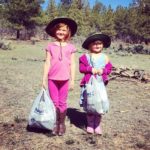
Write Reviews that Promote Leave No Trace
The most important thing you can do to protect our free camping lands involve following the (afore mentioned) Leave No Trace Seven Principles.
But, you can also help out after you leave an area.
Leave a thorough, honest review of a campsite on Campendium after you’ve moved on. Include aspects such as:
- road and campsite conditions. What is the quality of the access road to a campsite? Is it overly rutted? Does it create obstacles to access? Forewarning can aid in others decision to scout ahead, reducing unnecessary usage – and hopefully decreasing any accidents or hardships. Be sure to mention the general weather patterns you noted while in the area.
- opinion on usage. Is the site being overused for its size and composition? Did you notice a lack of wildlife in an area you would expect them to reside? Notice any habituation of animals at a site? Be sure to note what time of year you were in the area.
- experienced proximity to other campers. Providing info on how many other rigs or groups were in an area can help set expectations for those considering a campsite. This can help alleviate some of those ‘you’re too close to me!’ feelings if an area tends to be busier – and you weren’t expecting that type of experience. Be sure to note what time of year you were in the area.
Campendium and Our Public Lands
Campendium strives to protect our public lands – while still promoting the ability to enjoy them in your recreational vehicle or tent.
The ability to camp on our public lands isn’t promised. We must all work – while we play – to protect this capacity now and in the future.
